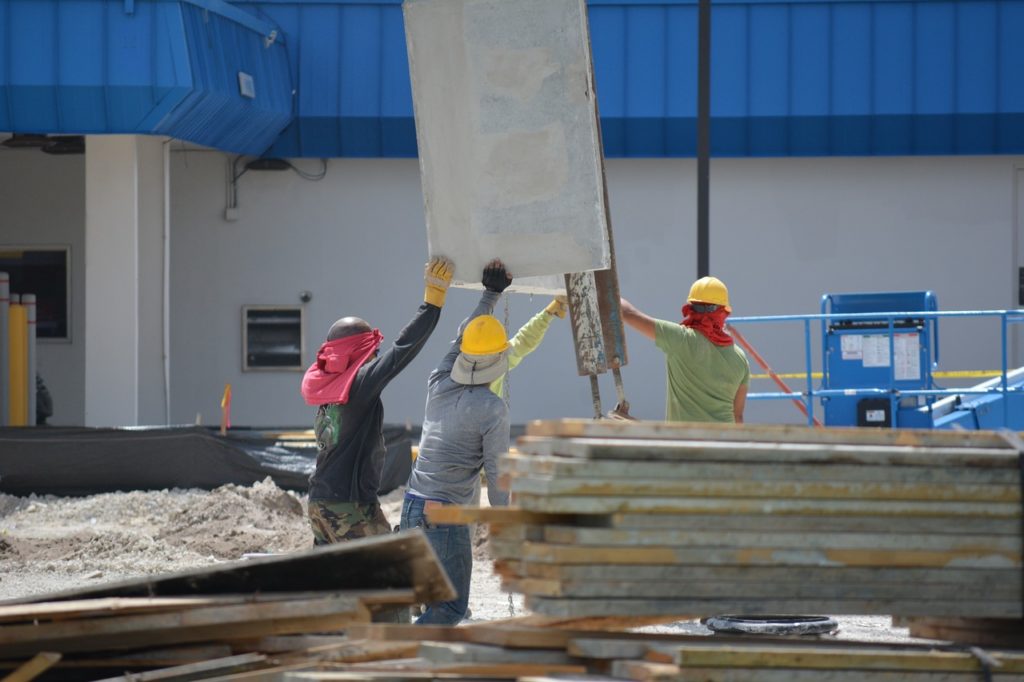A good majority of the United States will usually face a variety of weather conditions. Whether it’s heavy rain, hurricanes, storms, strong winds, and even hailstorms, many natural elements can compromise a building’s integrity. Although these are harsh weather conditions, most home and building owners can prepare for this natural disaster.
Contrary to what most people think, it’s water damage that’s known for causing billions of damages to structures in the last few years. In fact, most insurance firms would say that it has cost them around $10,000 for each household due to water damage. This has amounted to around 13 billion dollars worth of damages.
This means that there’s a good chance that water damage can compromise the structural integrity of commercial buildings and businesses. The last thing that an employer wants is spending thousands of dollars on repairing facilities and hindering employees’ productivity.
So what are some essential means of keeping your commercial establishment dry? What aspects of your building should you be focusing on? Here’s what you’ll need to know.
The Importance of Keeping Your Establishment Dry
Keeping your establishment dry not only keeps your business operational, but this can help preserve your building’s supporting structure.
Consider Your Roofing
One of the most important parts of waterproofing your building isn’t what you can do inside your establishment but how you can improve your building’s exteriors. Your building’s roof is the first line of defense against the elements. But compared to residential roofing, commercial roofs are quite different.
Residential roofs are usually gable-shaped, which means that they can effectively and quickly dispose of water towards the right drains. However, commercial roofing is quite different from residential roofing. Most commercial roofs are flat since this can help free up more space for various equipment, such as HVAC systems. Another advantage of having a flat roof is that there’s more space for development, which can help building owners expand.
However, the problem with flat roofing is that it will trap a lot of water on the roof. This water can pool and seep through some of your roof’s structure. It’s not just your roof that you have to consider since there are many extra structures on a commercial roof. An efficient drainage system and gutters can definitely help direct water off your roof into the right places. It’s also important to note that your roof might also house a variety of HVAC equipment. Although you can place some HVAC systems on the ground, there are various benefits in placing them on top of your roofing.

Still, installing and maintaining your roof will usually take a great deal of time, money, and effort. That said, you’ll need to take a step back and think things through before making any final decision. Fortunately, there are professional roofing contractors that are known for commercial roof installation. Time is of the essence when it comes to roof installation since water could seep through exposed parts of your roof. Having a professional contractor not only expedites the installation process but also ensures the best quality for the job.
Prepare Your Building’s Interiors
It’s important to note that water can still get inside your building, no matter how efficient your drainage and roofing system is. However, the amount of water that’s getting inside the building is roughly just a small percentage compared to torrential floodwaters that might disrupt work.
Most experts would suggest placing flood barriers on your building’s entryways since prevention can help reduce the amount of water that comes along. But other than focusing on your entryways, you’ll need to start revamping your building’s interiors.
Supplies, documents, and electrical equipment are vulnerable to leaks, so you might want to place them on shelves that are far from these leaks. For computers and other devices, you’ll need to cover them with water-proofed material.
Some telltale signs that water has penetrated your roof and has seeped into your building’s ceiling are when it starts to “sweat.” In some cases, mildew and biological contaminants can grow on some parts that are already moist. Contrary to what most people think, water damage isn’t just caused by leaks but also by moisture. If you’re still in the process of planning out your roof, you might want to add a good amount of insulation for moisture.
There are a variety of ways to keep your establishment dry. Waterproofing your business is a great way of maintaining business continuity. Still, you’ll need to stay alert when it comes to looking at some early telltale signs of damage. If you’re in doubt about what you have to do, there are always contractors that can help keep your building in pristine condition.

